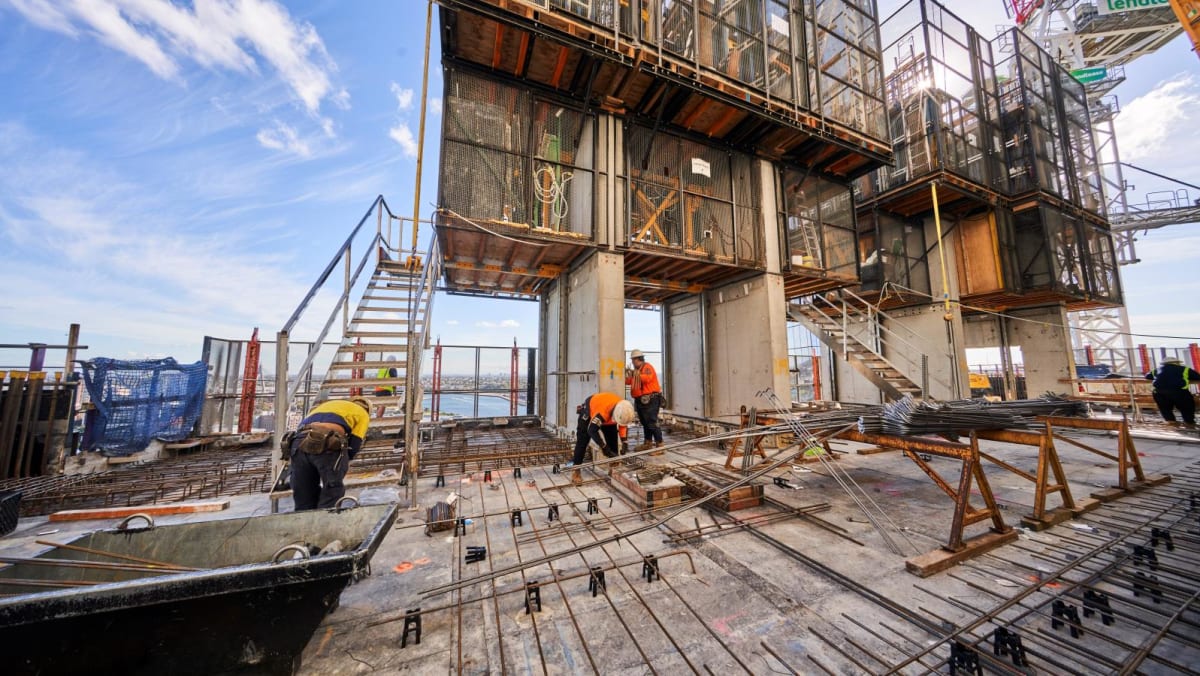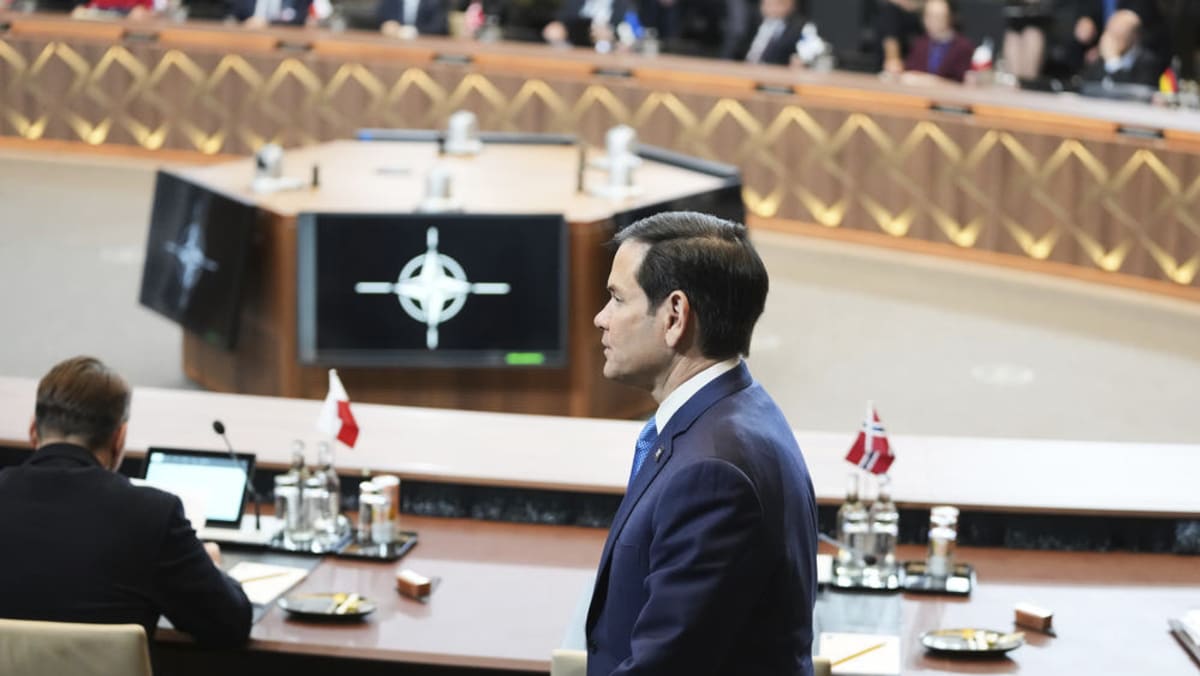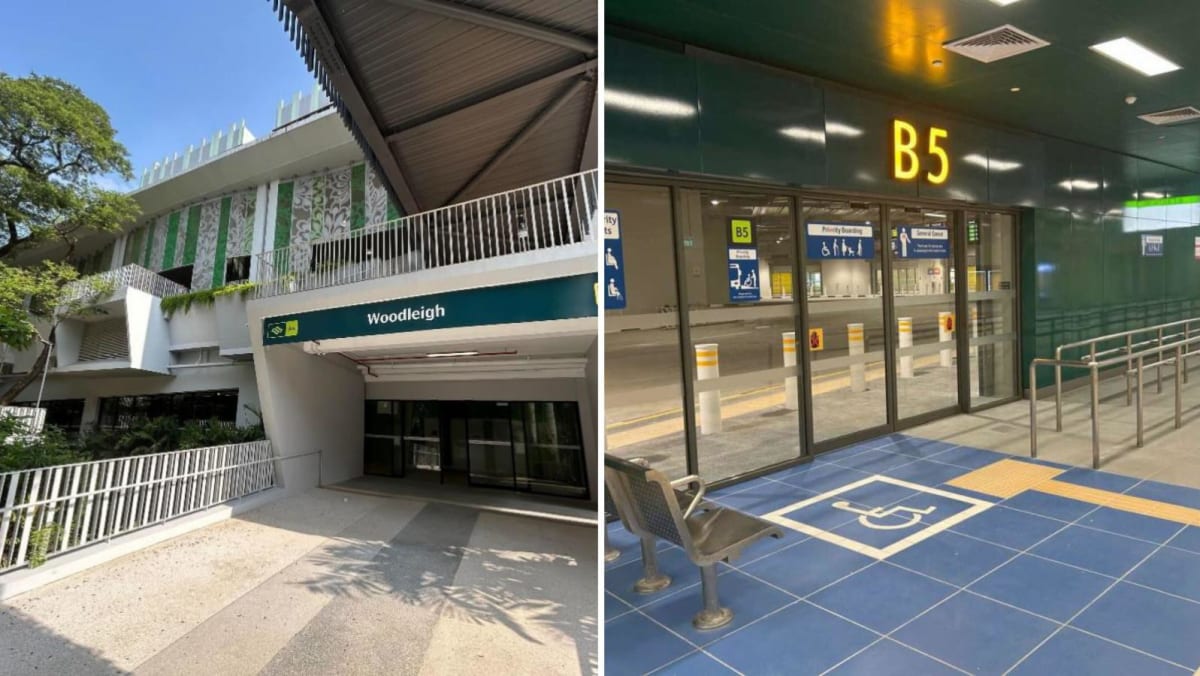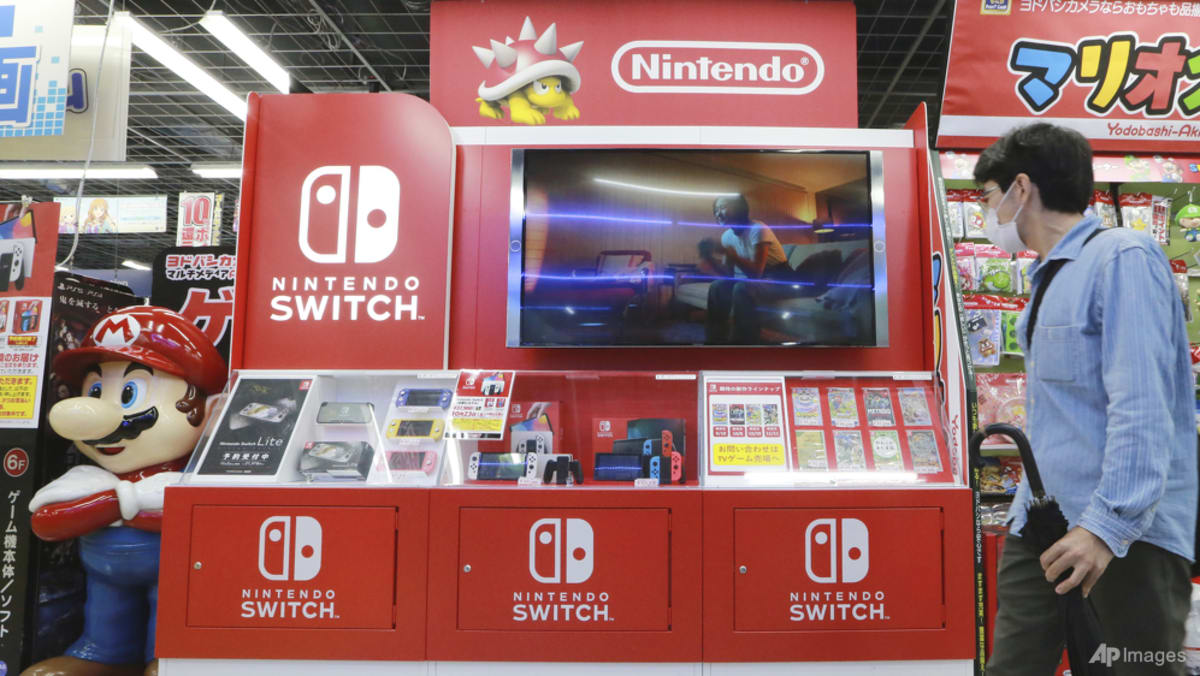Navigating urbanisation in a net-zero era

To shape a more sustainable way of life and ensure its preservation for future generations, there is a need to rethink how cities of tomorrow are developed.
More than ever, the world needs innovative models to address the complex challenges posed by rapid urbanisation, fuelled by increased building stock, a car-centric transport system, unchecked resource consumption as well as ageing infrastructure.
With the built environment contributing to an estimated 42 per cent of the world’s annual global carbon emissions, the building and real estate sector has a key role to play in addressing the climate crisis and minimising its associated effects, including extreme weather, heat stress and wildfires.
REDUCING EMISSIONS
While the road to decarbonising the sector is challenging, some organisations such as global integrated real estate group Lendlease have taken proactive measures by setting ambitious targets and aligning with recognised frameworks such as the Science Based Targets initiative.
Amid the global push to achieve net-zero emissions by 2050, Lendlease is charting a path towards Absolute Zero by 2040 and transforming its value chain in the process.
According to Ms Joelle Chen, head of sustainability, Asia, Lendlease, the organisation is committed to eliminating emissions from three key sources: Direct emissions from owned or controlled sources (Scope 1), indirect emissions from the consumption of purchased electricity (Scope 2) and indirect emissions that occur in its value chain (Scope 3).
Emissions within Lendlease’s value chain encompass upstream activities such as the production and transportation of building materials, as well as downstream activities that include tenants’ use of electricity and natural gas.
Ms Chen pointed out that approximately 90 per cent of the organisation’s total carbon emissions were attributed to Scope 3 emissions. She elaborated: “Key reduction challenges include poor data quality, inconsistent interpretation of Scope 3 boundaries as well as emissions from materials that are hard to reduce, like concrete and steel.”
To accelerate the transition to a low-emissions future, Lendlease recently launched the Scope 3 Emissions Protocol that encourages industry-wide measurement and the sharing of verified data.
SUSTAINABLE BUILDING STRATEGIES
Source: CNA















